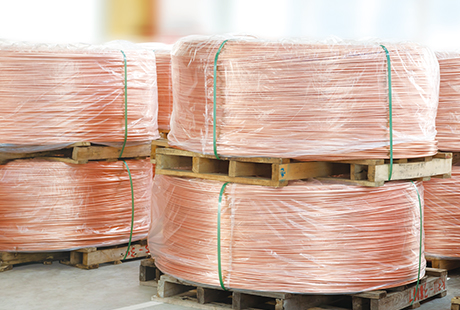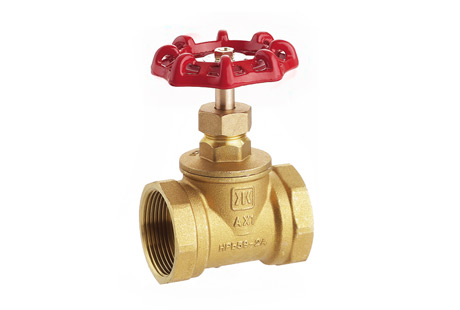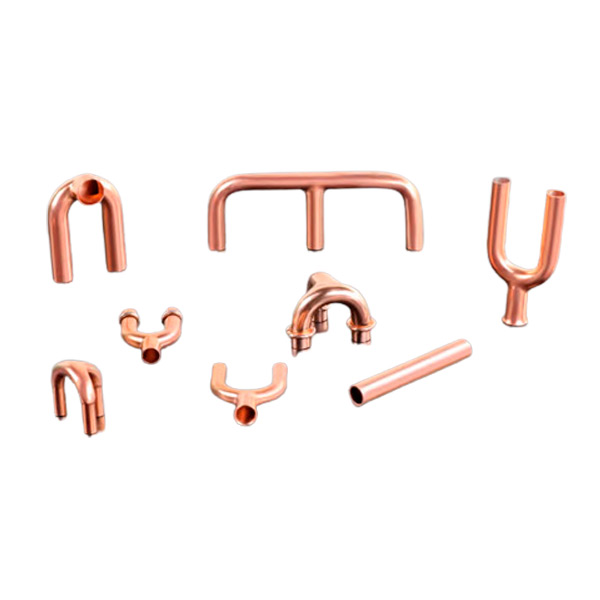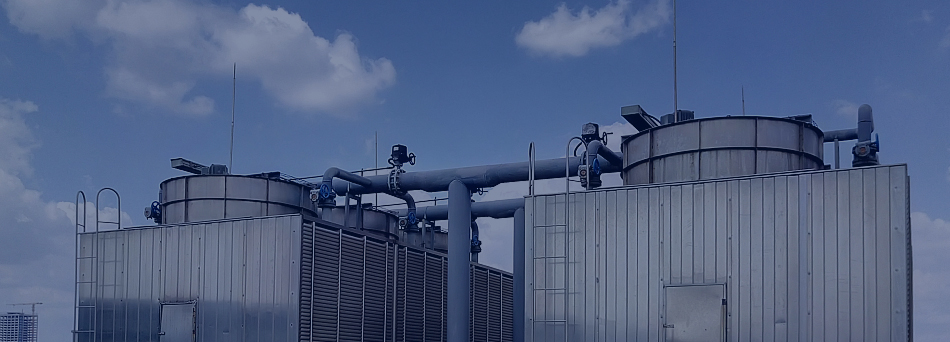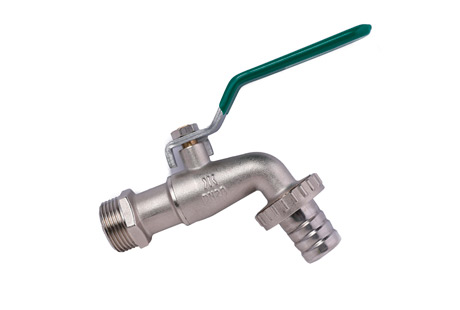Pressure reducing valves play a crucial role in controlling and regulating fluid pressure in various industries, including plumbing, heating, and manufacturing. Pressure reducing valve (brass) has been the go-to choice for professionals due to their durability, corrosion resistance, and ability to withstand high-pressure environments. In this blog post, we will explore the latest innovations and future trends in pressure reducing valve (brass) technology that are shaping the industry.
Advanced Materials
The use of advanced materials is a significant trend in brass pressure reducing valve technology. Manufacturers are constantly researching and developing new alloys and compositions to enhance the performance and longevity of these valves. Improved brass alloys with higher tensile strength and resistance to corrosive environments are being introduced. These advanced materials allow for improved reliability and extended valve lifespan, reducing maintenance costs for industries.
Smart Valve Technology
The digital revolution has made its way into the pressure reducing valve (brass) industry. Smart valve technology is gaining popularity, as it allows for real-time monitoring and control of fluid pressure. These valves are equipped with sensors and an integrated control system that can adjust the valve's opening and closing based on preset parameters or remote commands. The data collected by smart valves can be analyzed to optimize system performance, detect anomalies, and prevent potential issues, leading to increased efficiency and cost savings.
Energy Efficiency
There is a growing focus on energy efficiency in all sectors, and the pressure reducing valve (brass) industry is no exception. Manufacturers are developing valves with enhanced energy-saving features. These valves utilize innovative designs to minimize pressure losses, which in turn reduces energy consumption. By optimizing fluid flow and minimizing the pressure drop, pressure reducing valve (brass) contributes to more sustainable practices and lower operating costs for industries.
Improved Pressure Regulation
Precision and accuracy in pressure regulation are essential factors for any pressure reducing valve. To meet industry demands, manufacturers are investing in research and development to improve pressure regulation capabilities. Innovations such as self-adjusting mechanisms, optimized flow paths, and advanced diaphragm designs result in more precise and stable pressure control. This ensures that the desired pressure is maintained consistently, avoiding fluctuations that can lead to system failures and costly downtime.
As the demand for efficient and reliable pressure reducing valves continues to grow, innovations and future trends in pressure reducing valve (brass) technology aim to meet these expectations. The use of advanced materials, smart valve technology, energy-efficient features, and improved pressure regulation mechanisms are shaping the industry. Pressure reducing valve (brass), known for their durability and resistance to high-pressure environments, remain a popular choice among professionals. With ongoing research and development, these valves will continue to evolve and provide industries with the performance and functionality they require.

 English
English 日本語
日本語 한국어
한국어 français
français Deutsch
Deutsch Español
Español italiano
italiano العربية
العربية tiếng việt
tiếng việt Türkçe
Türkçe ไทย
ไทย 中文
中文
